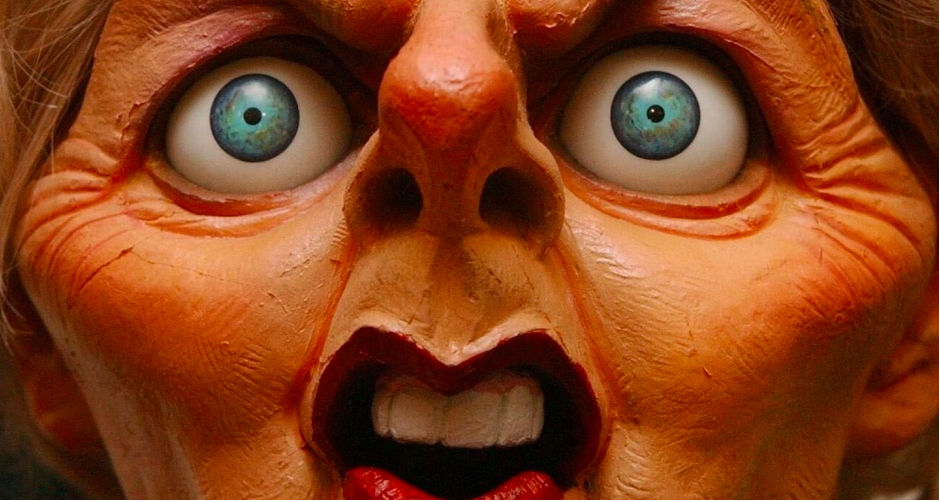The Death of Margaret Thatcher
Margaret Thatcher, as I prefer to remember her
It was April 2013, and I was late for my shift.
My job was at an upmarket yoga studio in Primrose Hill. Its clientele was a curious cross-section of what people like to call ‘alternative types’. It ranged from men- and possibly women- with long grey beards and a passion for hang drums through to one-time starlets whose boob jobs were never more apparent than when they lay on their backs in corpse pose at the end of class, perched upright and unmoving on their ribcages like fleshy cairns. Those kinds, and everyone in between.
But with a mere five minutes remaining before I was due back on reception, I was still in Camden. I had wanted cake, and figured that the best way to do this without guilt was to buy the raw vegan kind. And so it was that I ended up on the High Street, the spoils of my trip already oozing from its squashed container in my bag and my appetite lost. That’s the thing about Camden Lock; you can never move quickly, even if you want to. At any given time of day it will be filled with Italian tourists wielding selfie sticks, drug dealers selling Bisto cubes to gullible thrill seekers and middle-aged punks waiting for photo opportunities.
And today was no exception. Even the skies seemed crowded. Above our heads, signs flapped on the tops of streetlamps advertising everything from sushi to martial arts, and beyond that, police helicopters had hovered since the moment I arrived, no doubt looking for someone in a nearby estate.
No sooner had I broken free from the throng than something else caught my attention. Police on motorbikes zoomed out from a sidestreet and promptly stopped all the oncoming traffic. They were part of a motorcade, and with the regular traffic now halted, they waved the rest of it through in that gloved, muscular way they have that is meant to look officious but always makes me think of raves.
What they ushered through was a hearse, followed by more police. The hearse carried a coffin, draped in the union flag. It passed a mere two feet away from me, so quickly that I didn’t even have time to think about what was happening until the cars and police had sped up Chalk Farm road and out of sight. The helicopter followed them.
It was the body of Margaret Thatcher.
Margaret Thatcher, to me, wasn’t a woman. If anything, she was the giant puppet on our screens in Spitting Image. She was an authority figure who could just as well have been god, the vengeful kind, or Megatron from the Transformers. She was the eighties. She was a strict, contentious thread that wove through the entire fabric of my childhood and whom everyone had an opinion on. As far as I was concerned, Margaret Thatcher couldn’t die, because Margaret Thatcher was a concept.
Except that she was dead, and the proof was in that box. A strange feeling came over me that lunchtime as I made my way back to the yoga studio. It was a sense of being part of history, of having witnessed the end of something big, something important, that would be talked about long after I was gone, after the yoga studio was gone, and the tourists, and the living statues dressed as Mr Bean.
But there was another sense that prevailed, and it was the one that would stay with me for days on end, and it was this: For all the fanfare, for all the motorcades and the stopped traffic and the state funeral at Westminster that had proved so controversial, it didn’t change the fact that the coffin in that hearse had looked so final, so solitary, so small.
